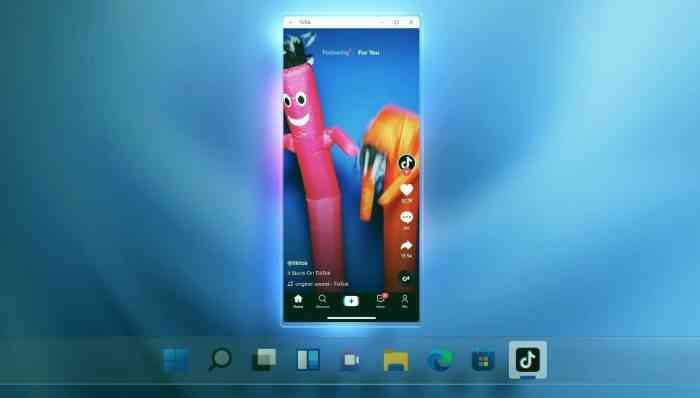Windows 11 has a feature called Windows Subsystem for Android (WSA) that allows users to run native Android apps on their Windows machines. Microsoft recently released an update for the WSA, which focuses on fixing bugs and improving performance.
The update, which is available to users who have joined the Beta or Dev channel, includes fixes for issues with audio performance, graphic card selection, and docking and undocking with external monitors. Additionally, there are stability improvements for graphics card selection, which will ensure that Android apps run smoothly on Windows 11 machines.
To download the update, head to the Microsoft Store and check for updates after joining the Beta or Dev channel. Although this update does not include any major changes or new features, it is an important step towards making Android apps run more seamlessly on Windows 11.
Previously, running Android apps on Windows was a challenging task. One of the popular solutions was using an emulator container like BlueStacks, which was mainly designed for gaming and did not provide a seamless experience. However, WSA is changing the game by allowing users to download and install apps and games directly from the Amazon App store.
One of the major recent improvements to WSA was the addition of Android 13 support, which added a new command line option that allows users to schedule when to shut down WSA, and the boot performance has been improved by up to 50% in some cases. Android 13 also includes benefits like better mouse input, clipboard stability, app resizing, improved Intel bridge technology, and faster media file opening.
To run Android apps on Windows 11, your computer needs at least 8GB of RAM (16GB is recommended), an Intel Core i3 8th Generation, Ryzen 3000, Snapdragon 8c, or higher. Overall, the WSA is slowly getting better, and it’s exciting to see the progress Microsoft is making towards making the Android app experience on Windows 11 smoother and more enjoyable.
